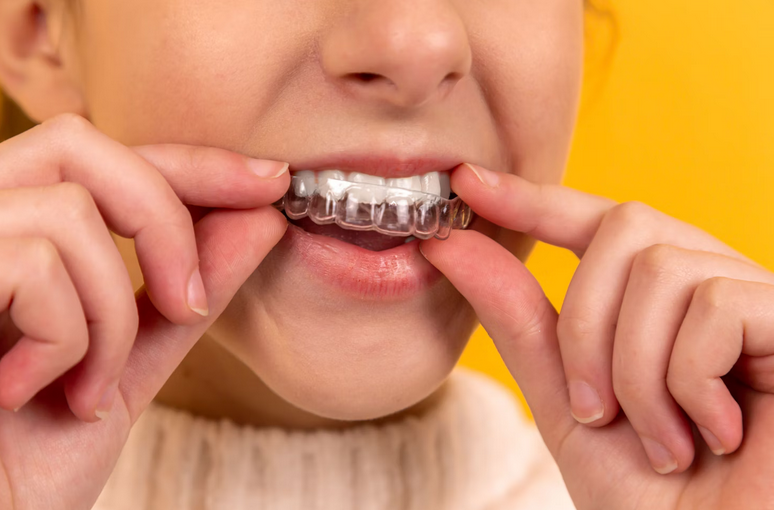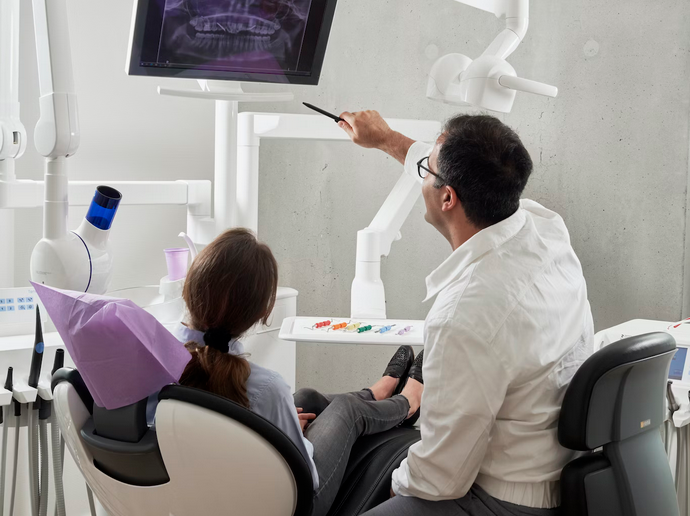Unmasking the Truth: Debunking Common Myths About Invisalign
In recent years, Invisalign has gained popularity as an alternative to the traditional braces for straightening teeth. However, with its increasing popularity, several myths and misconceptions have emerged surrounding this revolutionary orthodontic treatment. In this article, we aim to debunk common myths about Invisalign, providing you with accurate information to help you make an informed decision about your orthodontic care.
Invisalign Is Only Suitable for Minor Adjustments

One of the most prevalent misconceptions about Invisalign is that it can only address minor orthodontic issues. Contrary to this belief, Invisalign has evolved over the years and is now able to treat a wide range of dental misalignments, including more severe cases that were previously considered suitable for traditional braces only. Invisalign’s advanced technology utilizes SmartTrack material and attachments to gradually move teeth into their desired position, making it effective for both moderate and complex orthodontic cases.
Invisalign Treatment Takes Longer Than Braces
Another misconception surrounding Invisalign is that it requires a longer treatment time compared to traditional braces. However, the duration of treatment with Invisalign is often comparable to or even shorter than traditional braces, depending on the complexity of the case. Invisalign aligners are custom-made for each patient and are typically changed every one to two weeks, gradually moving the teeth into the desired position.

Invisalign Aligners Are Uncomfortable to Wear
Some people believe that Invisalign aligners are uncomfortable due to their relative thinness when compared to traditional braces. However, modern Invisalign aligners are made of a smooth and flexible material called SmartTrack that fits snugly over the teeth. While there may be some initial discomfort or pressure when starting a new set of aligners, it is typically temporary. It signifies that the aligners are working to shift the teeth.
Invisalign Is More Expensive Than Traditional Braces

Affordability is often a concern for individuals considering orthodontic treatment, with many assuming that Invisalign is significantly more expensive than traditional braces. While the cost of Invisalign can vary depending on the complexity of the case and the geographical location, it is important to consider the long-term benefits and additional conveniences that Invisalign offers. Invisalign treatment often requires fewer appointments compared to traditional braces, reducing both time and travel expenses.
Invisalign can effectively address a wide range of dental misalignments, and its treatment duration is often comparable to or shorter than that of traditional braces. Furthermore, Invisalign aligners are designed for comfort and can be easily removed for eating and oral hygiene. Lastly, while the cost of Invisalign may vary, it is important to consider the long-term benefits and additional conveniences that come with this treatment option.
